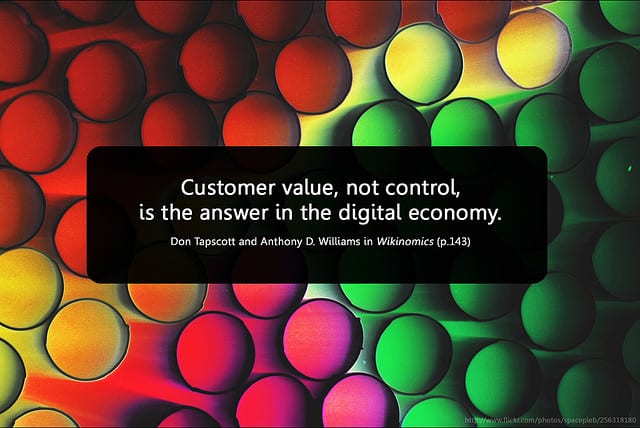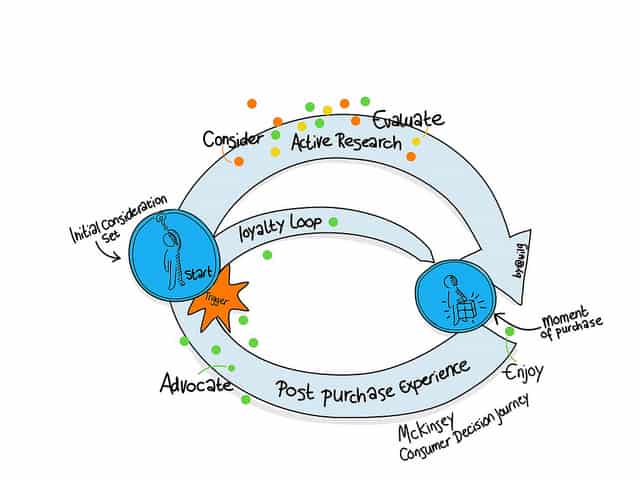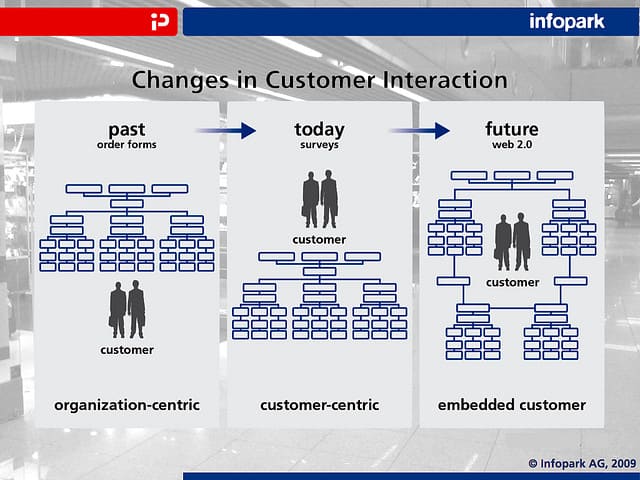Have you ever spent a lot of time and a lot of effort creating a product or a service only to find out it’s not heard the voice of the customer? Quite deflating. And sometimes, that kind of waste could be fatal to a company.
Many companies think they know what their clients want, but very few take the time to investigate and confirm. We don’t want to guess in the Six Sigma DMAIC process; we want to be sure. To do so, we reach out to our customers, clients, partners, and suppliers to ensure we hear what is really important to them.
Voice of Customer Overview
Why is the Voice of Customer Important?
In short, soliciting the voice of clients is essential because, without customers, you have no company. The best way to get higher customer satisfaction is to ensure you deliver what they want when they engage you.
The better you deliver the customer requirements, the higher the customer satisfaction. Delighted customers are loyal and may even help to promote your products and services.
Many people fall into the trap of assuming the customers’ needs based on prior experience. To truly understand, you have to ask and clarify continually. Your customers’ wants and needs are constantly changing. If you do not know what your customer desires, how can you possibly know if you are delivering what is expected?

Why Solicit the Voice of Customer?
We want to solicit the voice of the client so we can follow the principles of continuous improvement. For example, you would want to provide a better post-purchase experience so that your company can increase sales by moving customers into the loyalty loop rather than the less stable active research loop.

How do we find the Voice of Customer?

Data collection is covered later on in the Measure phase of DMAIC. However, we want to obtain the customers’ expectations as they state them in their own words.
Some examples might be:
- High quality
- Great service
- Quick delivery
- Flexible options
- Durable goods
Input and Output Variables
Process inputs, outputs, and feedback mechanisms are vital components that significantly influence the functioning and success of an organization at various levels. Inputs encompass resources, information, and materials that initiate a process.
For example, raw materials, skilled labor, and technology are essential inputs in manufacturing. All inputs have some quantifiable measurement. The quality and appropriateness of these inputs directly impact the efficiency and effectiveness of the production process. Otherwise, it leads to customer dissatisfaction.
Outputs, representing the results or products of a process, are equally crucial. In a service-oriented organization, for instance, the output could be delivering a service such as customer support. The quality of these outputs directly influences customer satisfaction, brand perception, and overall organizational success. High-quality outputs contribute to positive customer experiences, repeat business, and a competitive edge in the market.

Feedback mechanisms complete the cycle by providing valuable insights for continuous improvement. Feedback from the downstream process can be used to improve an upstream process. For example, if a company implements a customer feedback system, it can gather information on customer experiences and preferences. This feedback can be analyzed to identify areas for improvement in both inputs and processes.
The synergistic impact of well-managed inputs, high-quality outputs, and effective feedback is essential at the organizational level.
Efficient processes driven by optimal inputs lead to cost savings and increased productivity. High-quality outputs contribute to positive brand perception and customer loyalty. Feedback mechanisms foster a culture of continuous improvement, enabling the organization to adapt to market changes and innovate for long-term success.
Proactive vs. Reactive Voice of Customer Collection
Voice of customer data collection can be thought of in two ways: Proactive and Reactive.
Proactive
It’s always better to be proactive rather than reactive in life. The same principle applies to gathering the Voice of the customer. In the proactive model, you reach out to people before completing a problem or task. Here are a few ideas:
- “Go to the Gemba” – get out on the floor and watch what is happening in real life.
- Use mock-ups and beta versions to test with volunteers before getting into production.
- Send out surveys to a potential customer base.
- Interview clients and partners to see how your processes are working. Ask their opinions: “What would you say if we offered X?” “How does this approach sound to you?”
- Model office. Running simulations is an excellent way of getting advanced data.
Reactive
Just because proactive is favored over-reactive doesn’t mean reactive sources have no value. In some cases, gathering reactive data may be easier. Your organization likely has excellent stores of reactive data. Here are examples;
- Online feedback- You may have comments on your website or letters to the editor. There are review sites and social media comments. If you created an iPhone app, iTunes keeps a rich array of user feedback. Restaurants can leverage Yelp. Service providers can use Angie’s List. Many, many options here.
- Customer service logs- if people are returning a product or calling in for support, you can easily quantify and stratify that data to find the most common issues.
- You can always send a survey right after performing a service or making a sale.
- Net Promoter Scores- this is a great concept. This excellent article describes it here.
Now that we have Voice of Client, we can move on to translating that data into specific Critical to Client measures so that we can take action on improving them. Remember, the Voice of the Client is the customer’s specification limits.
Voice of Client Videos
Six Sigma Black Belt Certification Voice of Client Questions:
Question: Which of the following is most important in evaluating and understanding design intent? (Taken from ASQ sample Black Belt exam.)
(A) Identifying the functional requirement
(B) Brainstorming failure modes
(C) Conducting computer simulations
(D) Developing FMEA
Answer:
C: be traceable to the voice of the customer. Functional requirements must be traced to the voice of the customer, or else there is no point in having them. Not all requirements are directly measurable, ruling out options a and d. The functional requirements will provide insight into what the performance limits should be but will rarely explicitly state them.
When you’re ready, there are a few ways I can help:
First, join 30,000+ other Six Sigma professionals by subscribing to my email newsletter. A short read every Monday to start your work week off correctly. Always free.
—
If you’re looking to pass your Six Sigma Green Belt or Black Belt exams, I’d recommend starting with my affordable study guide:
1)→ 🟢Pass Your Six Sigma Green Belt
2)→ ⚫Pass Your Six Sigma Black Belt
You’ve spent so much effort learning Lean Six Sigma. Why leave passing your certification exam up to chance? This comprehensive study guide offers 1,000+ exam-like questions for Green Belts (2,000+ for Black Belts) with full answer walkthroughs, access to instructors, detailed study material, and more.

Comments (2)
Greetings,
I have an urgent presentation for my group on Lean Six Sigma Black Belt and can’t build a workbook from scratch. Will you be able to send a workbook to me?
Thank you in advance.
Best regards,
Ayo Aduroja PMP.
I am sorry, Ayorinde. I do not have a workbook. I’ll reach out to you via email and see if there’s some other way I can help you.
Best, Ted.